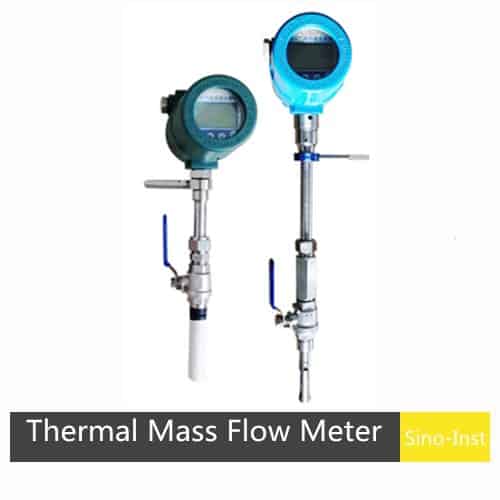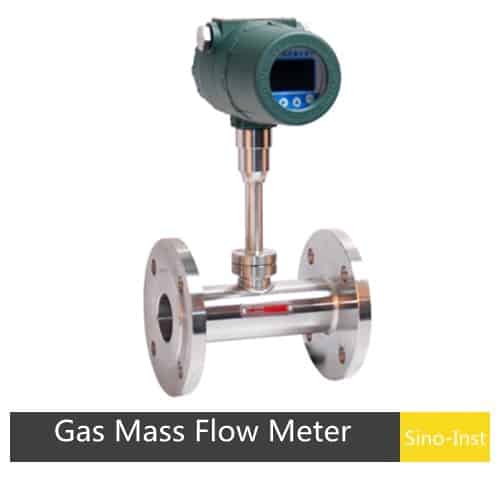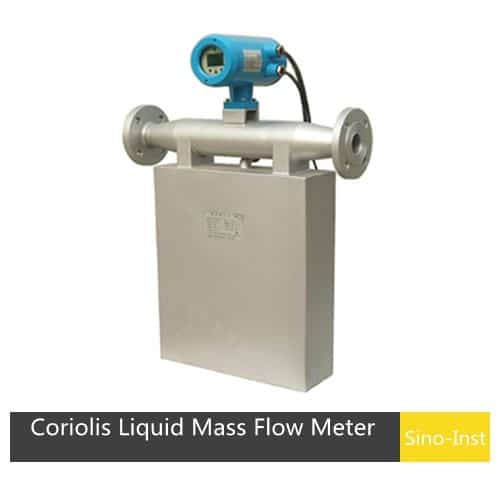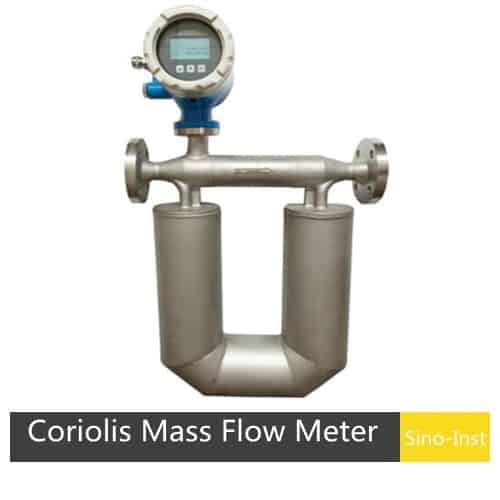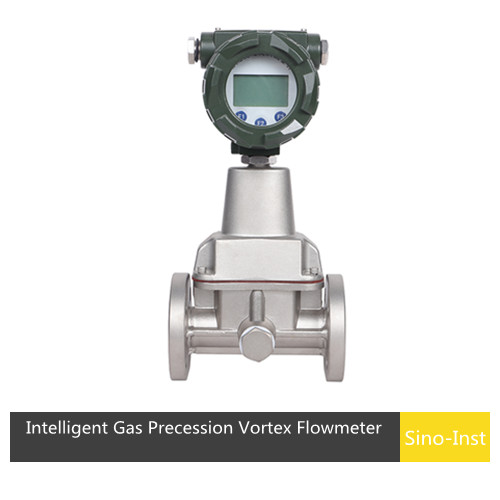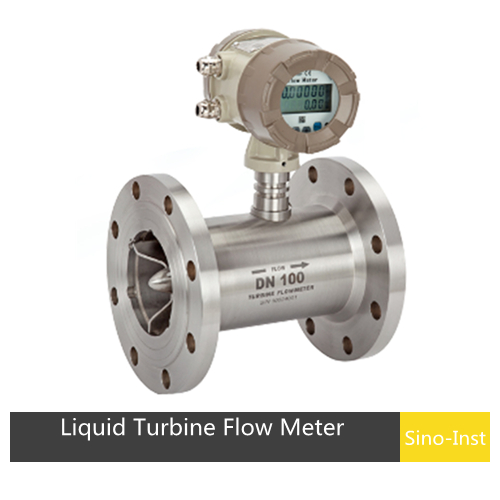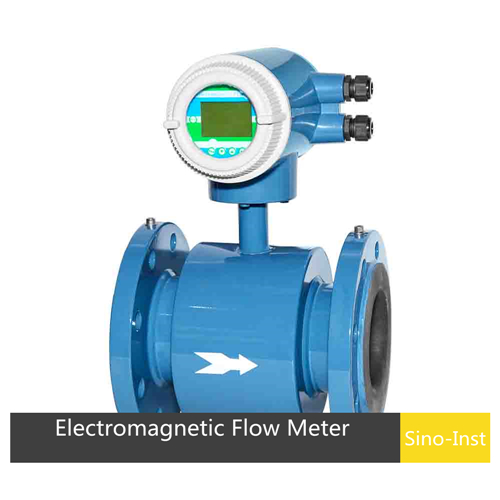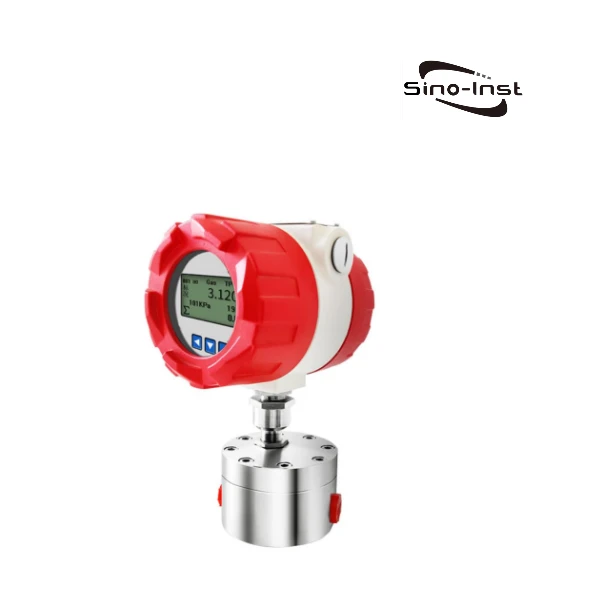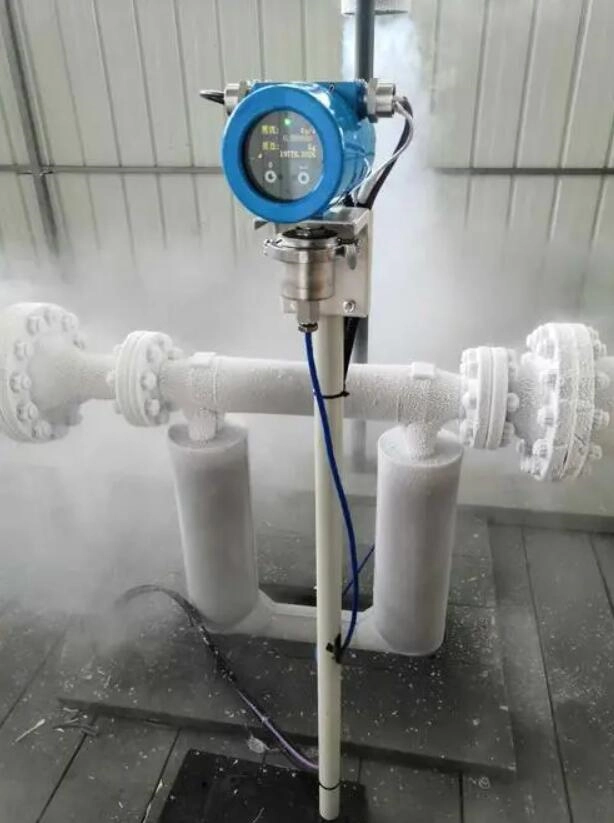
When it comes to flow measurement, understanding the distinction between mass flow rate and volumetric flow rate is crucial. Both concepts are widely used in various industries, but they differ in several aspects. We’ll explore the key differences between mass flow rate and volumetric flow rate, examine the factors that affect flow rate conversions, and walk you through the conversion process step by step.
Defining Mass Flow Rate and Volumetric Flow Rate
Mass Flow Rate
Mass flow rate refers to the mass of a fluid passing through a specific cross-sectional area per unit time. It is commonly measured in units such as kilograms per second (kg/s) or pounds per minute (lb/min). In many industries, mass flow rate is crucial for ensuring accurate measurement and control of processes.
Featured Mass Flow Meters
Volumetric Flow Rate
Volumetric flow rate, on the other hand, measures the volume of fluid passing through a given cross-sectional area per unit time. It is typically expressed in units like cubic meters per second (m³/s) or gallons per minute (GPM). Volumetric flow rate is essential for sizing equipment, monitoring fluid flow, and assessing system performance.
Featured Volumetric Flow Meters
Key Differences between Mass Flow Rate and Volumetric Flow Rate
1. Factors Influencing Measurements
One of the main differences between mass flow rate and volumetric flow rate lies in the factors that influence their measurements. Mass flow rate is affected by the fluid’s density, while volumetric flow rate is influenced by the fluid’s compressibility and changes in temperature and pressure.
2. Measurement Devices
Mass flow meters and volumetric flow meters are used to measure mass flow rate and volumetric flow rate, respectively. Some common mass flow meters include Coriolis flow meters, thermal mass flow meters, and differential pressure flow meters. Volumetric flow meters, on the other hand, may include turbine flow meters, positive displacement flow meters, and ultrasonic flow meters.
3. Applications
Mass flow rate measurements are critical in applications where the fluid’s mass is vital, such as chemical reactions, combustion processes, and mass balancing. Volumetric flow rate measurements are more commonly used in applications where the fluid volume is important, like water distribution systems and HVAC systems.
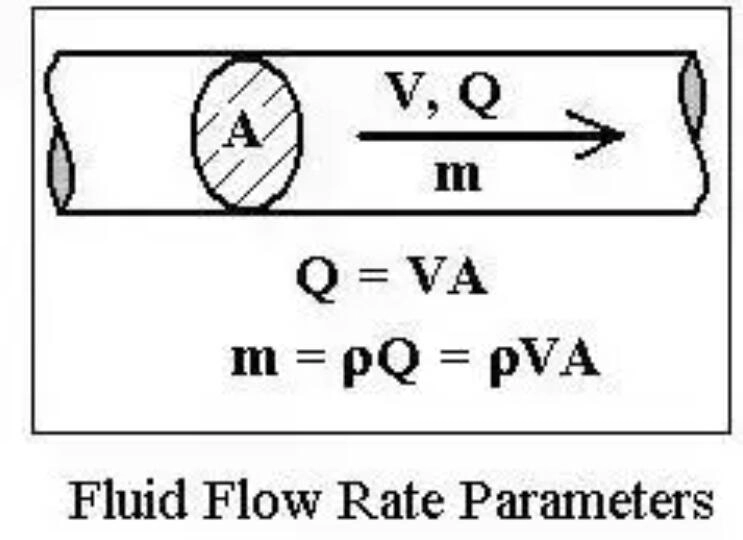
Converting Volumetric Flow Rate to Mass Flow Rate
1.The Conversion Formula
To convert volumetric flow rate to mass flow rate, you need to multiply the volumetric flow rate by the fluid’s density:
Mass Flow Rate = Volumetric Flow Rate × Density
2.Factors to Consider
When converting volumetric flow rate to mass flow rate, keep in mind that fluid density can change with temperature and pressure variations. Therefore, you should consider the fluid’s specific properties and conditions when performing the conversion.
3.Practical Example
Imagine you have a volumetric flow rate of 10 m³/s for water at 20°C (68°F). To convert this to mass flow rate, you need to know the density of water at 20°C, which is approximately 998 kg/m³. Using the conversion formula:
Mass Flow Rate = 10 m³/s × 998 kg/m³ = 9,980 kg/s
Frequently
Asked
Questions
More Flow Measurement Solutions
Top Guide to CO2 Flow Meters
Ultrasonic Clamp on Flow Meter for Quick & Easy Measurements
What Is a 4 to 20 Milliamp Signal?
How to Choose the Right Heating Oil Flow Meter for Your Business
Top 3 Flow Meters for Oil
How to Choose the Right Oil Pressure Transmitter for Your Application
Understanding the key differences between mass flow rate and volumetric flow rate, as well as mastering the conversion techniques, is essential for professionals working in industries that rely on accurate flow measurements. By following the guidance provided in this guide, you can enhance your knowledge of these critical concepts and improve the efficiency of your operations.
At Sino-Inst, we are an experienced manufacturer and supplier of flow meters and process control equipment, offering a wide range of products tailored to your specific needs. We support customization and are committed to providing high-quality, reliable solutions for you
-1.jpg)
